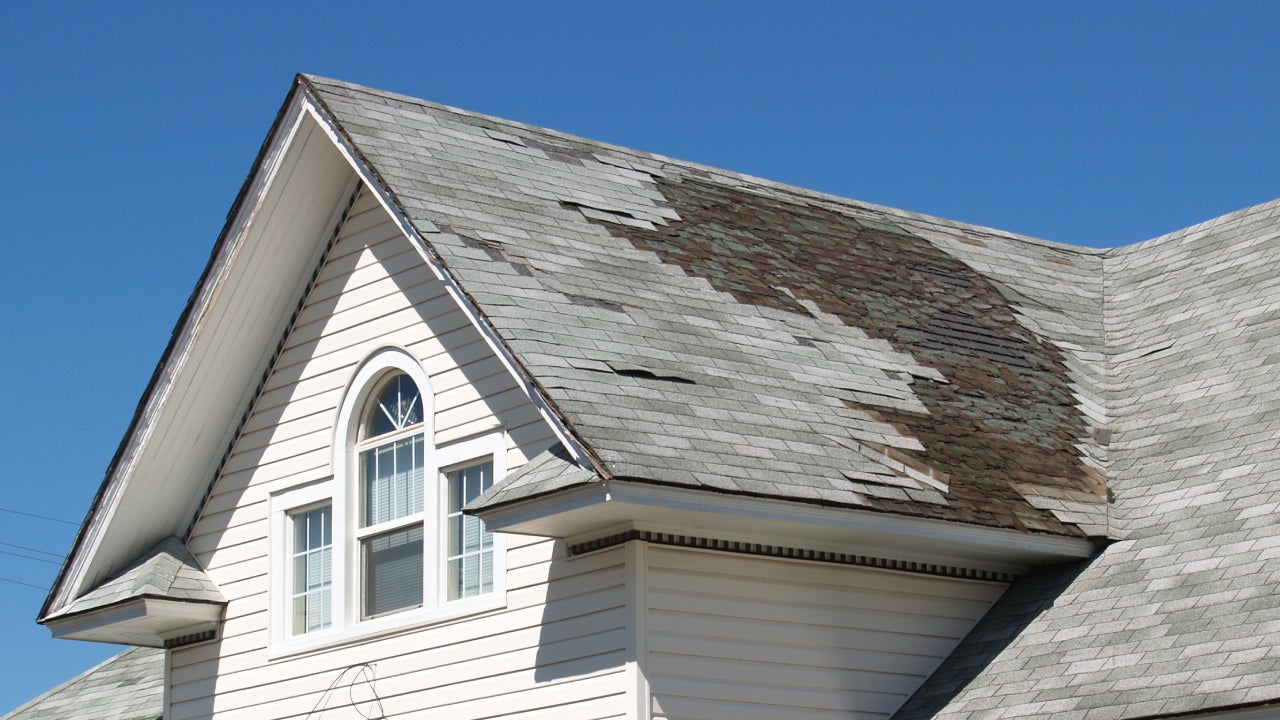What is a latent defect?

A latent defect is a problem relating to property, either real property or personal property. In real estate, it specifically refers to damage to a part of the property or a construction project that is not apparent upon initial inspection, but is discovered when the property or project is turned over to new owners.
Let’s look at how latent defects may present themselves in the course of building, selling or buying a home.
What is a latent defect?
A latent defect, also referred to as an inherent defect, is basically a hidden problem. The Wex Definitions Team at Cornell Law School describes a latent defect as one that “could not be discovered by reasonable and customary observation or inspection.”
A latent defect may be present due to damaged construction materials or poor workmanship or design. A potential buyer might not notice this type of defect upon first inspection. The damage from a latent defect exists, but is concealed or not apparent until later.
Latent defects can potentially become a factor in homeowners insurance coverage and liabilities. A hidden defect or imperfection in a construction project could be grounds for a suit for breach of contract or negligence on the part of the contractor.
There are a number of latent defects that a homeowner may not be aware of prior to buying a property. Although these defects are often excluded from coverage in property insurance policies, some providers have insurance policies or riders that are designed to protect homeowners from such events.
What are common types of latent defects?
Latent defects can include any issues that are not uncovered during a property inspection.
At residential properties or other areas where you spend a significant amount of your time, common latent defects can include:
- Mold, water damage or leaks
- Insect infestations, including termites
- Roofing problems
- Plumbing or piping problems
- Electrical issues
- HVAC design flaws
Latent defect vs patent defect
The opposite of a latent defect is a patent defect. A patent defect, as defined by Cornell Law school is considered one that is “reasonably apparent to the ordinarily prudent person” or “the average consumer, during the course of a reasonable inspection.” Examples would be the absence of a fence around a swimming pool, a too-low staircase banister or a patio with raised paving stones.
How do you deal with latent defects?
Both patent and latent defects in a property should be reported to the contractor within a specified period of time (the “defects liability period”) after a new owner takes control of a property. The contractor then should be given the opportunity and time to remedy the damage or pay for the total damage cost, whichever is deemed appropriate by both parties. This is important because the owner will be held responsible for maintaining their property, even though they had no knowledge of the original construction issues.
Who’s responsible
Homebuyers typically have the bulk of responsibility when it comes to latent defects. While your real estate contract will govern whether or not the seller has any responsibility to fix the issue, most purchase agreements exempt the seller from responsibility, if they’ve provided a seller’s disclosure.
Insurance
In most states, home insurers provide some degree of coverage for latent defects, although it may only be available as a policy add-on. Check your homeowners insurance policy or speak to a licensed agent during the homebuying process if you want to ensure you have protections included, in the event latent defects are discovered.
How long do you have to fix it?
Depending on the issue and when you become aware of it, there may be a statute of limitations on how long you have to fix the latent defect after purchasing the house, or in recouping the cost of required repairs. Because the buyer is responsible to discover any defects, if the defect is not addressed within the specified window of time, the buyer may have no recourse beyond covering the cost and repairs themselves. Buyers may also be financially responsible for any further damage incurred as a result of the defect.
Latent defect example
Several months after buying a newly-built spec house, a couple discovers a bedroom window where water seeps through every time it rains. They learn that the window was not properly installed, causing the leak. The couple never noticed the faulty window before they closed on the house because the weather was never rainy at the time of their viewings, home inspection or final walk-through.
The couple reaches out to the contractor, who returns to the home to remedy the issue. because it had been discovered within the period of time outlined in their contract with him.
Final word on latent defect
Because of latent defects, it’s important to have a qualified professional perform inspections during the home-buying process. Homebuyers can further protect themselves by adding clauses about latent defects into purchase and sale agreements or contracts with contractors, stipulating who is responsible for repairing or replacing the defect if and when one is discovered.
You may also like

What is replacement cost coverage in home insurance?

What is property damage liability?

What is ‘house broke,’ and how can I avoid it?



